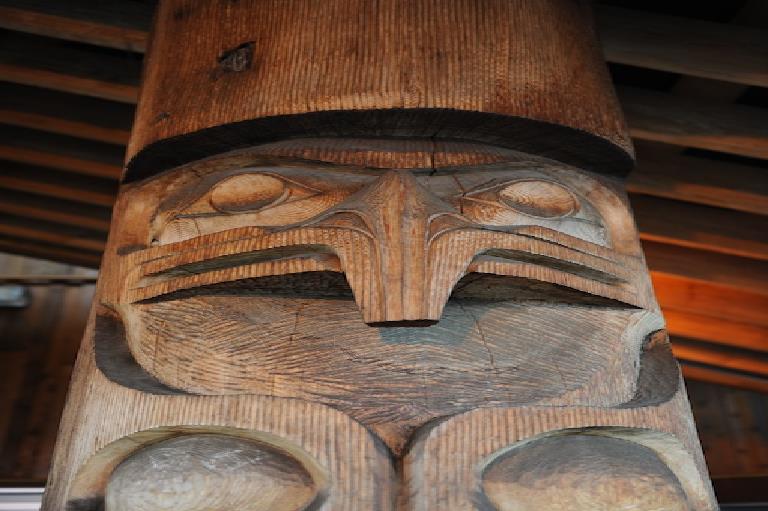RCTs in an Aboriginal Context
What are the trends and implications of different research designs being used in First Nations, Métis, and Inuit health care today? Michael Saini is back with his second NCCIH publication exploring this question. In his first publication, he demonstrated that there is no evidence to support the frequent assumption that Aboriginal research designs should be evaluated according to Western standards of validity. In his new publication with co-author Ashley Quinn, he focuses on the under-representation of Aboriginal peoples in the privileged Western research design of randomized controlled trials (RCTs).

Asked why he became interested in this area of study, he explains: “I have been involved with both the Campbell and Cochrane Collaborations working on systematic review and I noticed that there was a lack of experimental studies on Aboriginal communities. So many of our federal and local policies are informed by the results of 'gold standard' randomized control trials and so I wanted to investigate this further. I am very sensitive to the 'silent bias' that occurs because a particular group is not included in the dominant discourse and so this was a perfect opportunity to explore why there were so few RCTs within Aboriginal communities.”
Saini and Quinn found that although Aboriginal peoples represent approximately 3% of Canada’s population, only 0.04% of international RCT’s between 2000 and 2010 were conducted with Aboriginal communities, and only 27% of those were Canadian. Of those, no Métis communities were included, no studies were conducted west of Saskatchewan or east of Ontario, and only one was conducted in the North. The authors point out that such limited use of RCTs represents a substantial gap in our understanding of the evidence of health-based interventions, which severely hinders the ability to generalize and transfer knowledge across Aboriginal communities.
Given the known disparities in factors that predict health and well-being between Aboriginal and non-Aboriginal Canadians, Saini and Quinn find it especially inappropriate that there is not more use of clinical trials within Aboriginal communities. The negative consequences of this knowledge gap are then further compounded by the trend of practitioners and policy makers to rely on rigorous, high quality studies, defined in Western terms, to assess effective interventions and outcomes.

Asked why this research gap exists, Saini adds: “There are many possibilities of why RCT researchers have been ‘sidestepping’ Aboriginal communities. First, it may be that researchers are not aware of how best to collaborate with Aboriginal leaders and community members to build healthy and strong researcher-community partnerships and collaborations. It may also be because of a misunderstanding about RCTs and whether these can be conducted in a way that is consistent with Aboriginal Worldviews.” Whatever the causes, Saini and Quinn make a strong case that to remedy existing health care disparities, researchers need to develop participatory, socially relevant, and culturally safe methods for conducting RCTs within First Nations, Métis, and Inuit communities.